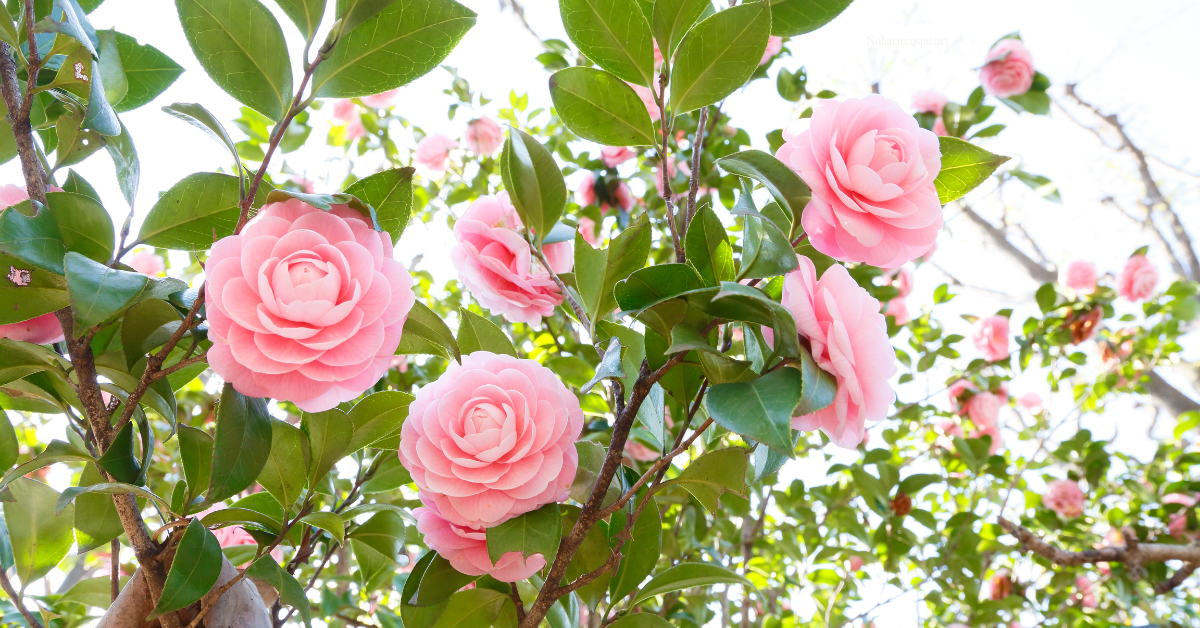For years, major global beauty companies have been turning their gaze toward China—not just as a manufacturing hub, but as a marketplace full of potential. Many multinational brands, including several U.S. household names, already produce products in China. And yet, unlike the sweeping cultural fascination with K-beauty or J-beauty, C-beauty has yet to make the same impact in the U.S.
That may be changing.
Recent shifts—such as the implementation of the Modernization of Cosmetics Regulation Act (MoCRA) and the growing influence of the clean beauty movement—could open the door for more Chinese beauty brands to gain trust among American consumers. But trust, in this case, has to overcome more than regulatory gaps. It has to unravel long-held cultural assumptions.
Concerns about ingredient safety and transparency are increasingly shaping purchasing habits. Social media has become a powerful amplifier of those concerns, sometimes reinforcing legitimate questions, and sometimes echoing misinformation. In the U.S., that conversation has occasionally blurred into bias. Suspicion about the quality of Chinese-made products, especially in beauty, has at times resembled the MSG panic of the 1980s and 1990s—where a blend of poor reporting and cultural stereotyping shaped public perception more than science did.
This wariness may partly explain why C-beauty hasn’t taken root in the U.S. in the same way Korean or Japanese beauty products have. Still, the offerings coming out of China are evolving, and some of them are asking us to reconsider what beauty can look like, and where it can come from.
One of the more whimsical entries in this space is Perfect Diary’s Explorer palette collection—an animal-themed line of eyeshadow palettes that includes a fox, crane, and a pig. While Western beauty campaigns might shy away from porcine imagery, in Chinese culture pigs are often seen as symbols of abundance, fortune, and even joy—thanks in part to folklore like the Jade Emperor’s Great Race, where the pig finished last but did so with charm and ease. That kind of gentle self-assurance feels strangely relevant in today’s beauty conversation.
The Perfect Diary palettes are striking not just in concept but in execution. Their packaging is thoughtful, often ornate. And they’re not alone—other C-beauty brands like Florasis and Catkin also craft objects that feel closer to design artifacts than disposable trends. There’s a quiet artistry here, one that reflects a different cultural relationship to beauty—less about performance, perhaps, and more about storytelling. Speaking of storytelling, C-beauty brand Flower Knows (founded by Yang Zifeng and Zhou Tiancheng in 2016), is capturing the imagination of beauty-lovers worldwide with their stunning fairytale themes:
There’s also an undercurrent of wellness that may carry C-beauty further into American homes. Traditional Chinese Medicine, long peripheral in Western markets, is slowly gaining recognition. Brands like Herborist are leaning into that heritage—not as exotic branding, but as a lineage worth revisiting with care.
Chinese traditional way of extracting Camellia oil. Video courtesy of China Xinhua News:
Camellia oil has deep roots in Chinese history, where it has been used for centuries for cosmetic purposes. Extracted from the seeds of the Camellia oleifera plant, which is native to China, this oil is prized for its rich content of antioxidants and essential fatty acids. In cosmetics, camellia oil is valued for its lightweight texture and ability to moisturize skin and hair without clogging pores. Today, it remains a key ingredient in many natural beauty products around the world, continuing its legacy from traditional Chinese skincare practices.
Of course, questions around cruelty-free status and ingredient sourcing remain, especially in a regulatory environment as uneven as the U.S. Still, legislation like MoCRA—and growing consumer literacy—could encourage greater clarity from brands worldwide. That benefits not only shoppers, but the brands themselves.

